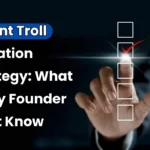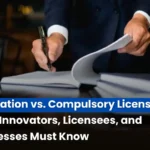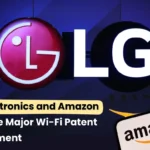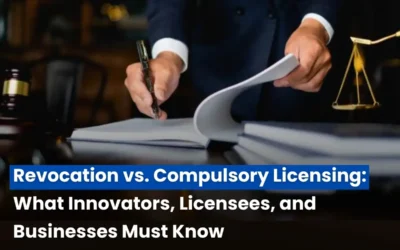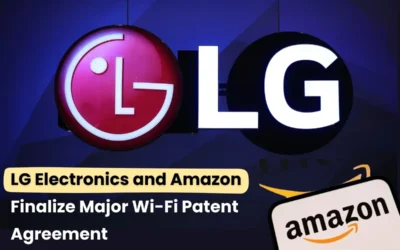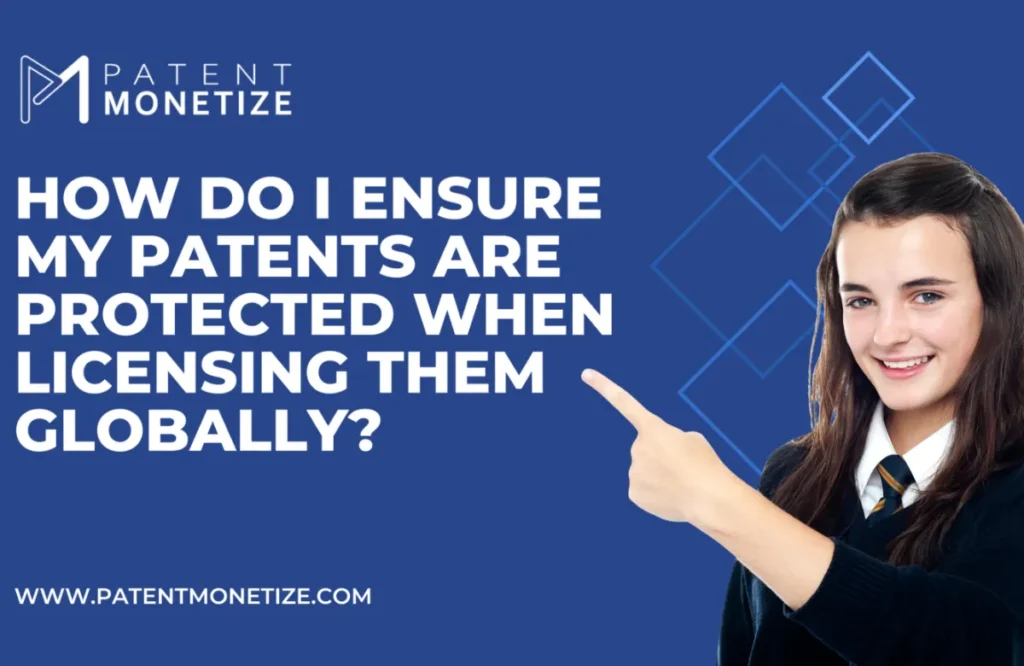
This new world of global trade makes patent licensing the effective monetization tool for intellectual property. Licensing your patents with a broad reach to companies across the globe can unlock revenue streams for an inventor or business owner and catapult his innovation into new markets. Licensing is very lucrative, but there are some specific risks to get patent protection globally. It will hence be an international patent license, a way of giving permission to some other party to use your patented invention either by manufacture or through the sale under certain terms. Good patent protection is one of the causes of success in licensing deals. Unless well protected, such intellectual properties may be misused with the owner’s knowledge even worse be infringed upon. In this article, we will outline how to protect patents globally when licensing. We will discuss the general steps to prepare and to enforce. First-time licensors as well as experienced licensors who may look to expand into global markets will find practical advice here on how to best navigate patent protection issues and maximize inventions’ value.
Importance of Patent Protection while Licensing around the World
A few words can be spared discussing why patent protection is so essential in any one of these licensing deals, before detailing ways patents could be protected while licensed around the world. Patents provide invention rights to the proprietor. Patents are licensed not to manufacture, use, or sell patented technology. Licensing a patent means that you remain an owner of your patent, whereas the licensee gets the chance to make use of them subject to the term and condition that goes with the exercising of licensed right. Licensing can be a great source of generating revenue , but may allow inventors to take undue advantage as such guarantees being undertaken by him beforehand. This only made matters worse in the global market. Countries of the world differ in respect of patents law, enforcement mechanism, and attitudes toward intellectual property. To shield your patents from infringement so that you do not lose the value that you can derive from your intellectual property, you need to protect those patents in all the global markets where you plan to license them.We now understand why it is so important to have patents that cover you around the world and the next step leads us down the road to where you need to be so your IP is secure in international licensing agreements.
Make certain that your patents are valid and in good standing.
Ensure your patents are current and valid. Patents lose protection if the maintenance fees renewal fees are not renewed; otherwise, they may run out without the extension of protection. Do not sign any licensing contract without knowing the status activity of your patent and ensuring all the following paperwork is done.Do also much more relate with patent claims and ensure they are clear rather than obscure. Shun obscure patent claims since in little time they may raise controversy. Be sure to receive consultancy about the law from a patent attorney you work with besides identifying clear claims which shall make you cause an improvement in your portfolio.
File International Patents
A patent must be filed in all the countries where the owner intends to license the patented item. It is worth mentioning that the whole procedure for getting international patent protection is highly complicated, but there exist international mechanisms which will ease the procedure. Patent Cooperation Treaty The PCT or Patent Cooperation Treaty allows you an opportunity to file your application for a patent with hopes of its approval in more than 150 countries. PCT makes the filing process easy since you have to do one application, then you can later exercise the option of choosing the country or region where you would want your patents to be filed within 30 months from the date when you first filed your original application.
European Patent Convention (EPC)
In case of a European market, you would get a chance of filing one application which could be validated in any of the 38 member states under the EPC. It simply means patent protection in a couple of European countries with only one application.
National Patents
You can also directly file patents in individual countries except the PCT and EPC. It’s very costly and time-consuming but at times totally unavoidable if one requires very particular protection in those countries that do not fall within the PCT or EPC systems. Here you would collaborate with local patent attorneys in each country to direct you through local patent laws working out and see that your patents are filed according.
Negotiate NDAs
You would not want to disclose the information about your patents until the time when you negotiate to license them. Here, is where the importance of NDAs comes in. An NDA is a legal agreement between the parties concerned ensuring that confidentially shared information related to licensing among you and any potential licensee remains confidential.NDAs are most critical when the information about your patent is sensitive, such as prototypes, design details, or technical specifications. It will be prudent to require the potential licensee to sign an NDA before discussing your patented invention with them so that they would not use it to their advantage before an official licensing agreement is in place.
Rendering of a Thorough and All-Inclusive Licensing Agreement
Secrecy concerning Patents while Licensing
The existence of a comprehensive agreement of terms makes secrecy in securing your patents during licensing possible. All the terms have to be put comprehensively in the license agreement. Some of the terms the agreement stipulates include the scope of the license, the royalty payment, territorial rights, and the term of the contract.
Major Licensing Agreement Terms
Scope of License It must declare rights conferred-underlying which relate to use or make, manufacture and then sell or resale-limitation that may exist there, such as in a specialized medical or automobiles or any specialized kind of field of use;
– Royalty Payments: This may include the rates as well as their payment schedules whether payments will be a percentage of the sales, net profits, or a lump sum payment. And surely, provisions regarding audit should be included in the royalty agreement for ensuring accurate royalty payments.
Term and Termination: Definition of the period within which the agreement is entered into and what may terminate it. For example, a licensee failing to meet stipulated targets and breach in terms of the agreement. In that light, the quality control provisions ensure that your patented invention is not adulterated. For instance, in this case, the licensee should be obligated to observe minimum quality control standards. That is, the product or service resulting from your patent should meet your standards and should not harm your brand.
-Enforcement Clauses: Describe how patent infringement or misuse will be dealt with and whether the licensee is required to defend the patent against infringement or if it’s your duty to file legal action.
Protect Your Trade Secrets and Know-How
Except for your patent, you would likely have other proprietary information connected with the invention that you wouldn’t want the world to know. This can range from a formula or a certain make or even marketing strategy. The protection of such treasured trade secrets during licensing would involve having confidentiality provisions included in the licensing agreements. If you’re patent depends on trade secrets as a subsidiary means, then ensure the licensor agreed that that part of your invention needs to be disclosed to any other third party except for any part of it that falls under your patents. Apart from this provision, offer protection juridical auxiliaries like patents or trademarks.
Monitoring and Defense of Patents
One ought always to keep an eye on infringement or violation after one licenses a patented invention. The observation could be on a thing like unauthorized use of your patented invention or failure to meet the terms and conditions of the licensing agreement. That the operations and sales are constantly audited through your licensee would guarantee that, after all, your licensee is being kept up with what is actually written on your contract. To act quickly would be whenever the issue arises: writing a letter to cease or, depending upon the issue at hand, be brought to the court as well.
Consultation of your lawyer regarding your international licensing agreement
This may become quite involved once it becomes a question of implementing the license agreement in one or more than one country of the world. And hence, in general, always suggest someone to consult with a patent attorney specializing in international patent law and licensing concerning instructing someone about preparing an excellent agreement and license negotiation along with legal issues liable to emerge ahead. Patent licensing around the world may turn out to be one of the best ways to build revenue, expand your business, and eventually improve your markets. Of course, you would not want all these proceedings to compromise your patents. Therefore, you may file patents in the applicable markets, obtain non-disclosure agreements, draw up elaborate licensing agreements, and enforce patent rights. Whatever level is you at in the licensing business, or you wish to ascend from a home into an international arena, all the right moves made inside the patented protection will ensure that this does not cost too much and that everything ventured into licensing pays long term well.
